Rangla Punjab
Above is a Phulkari—pronounced “full kari.” Phulkari means “flower craft” and is the rural embroidery design of Punjab. Women often adorn themselves with different phulkari(a) and typically wear them as shawls draped over the head on special occasions, such as marriages, and other events.
December 10, 2021
—On Selma High’s campus, we see a plethora of diverse communities; from the Hispanic Culture to the Armenian culture and every culture in between. One of the most distinguished and unique cultures in Selma is that of the Punjabi Culture.
The word “Punjab” is composed of two words, ‘Panj’ meaning five and ‘Aab’ which means water. The invigorating and culturally rich state of Punjab is located in an area of five rivers. But, due to the partition in 1947, Punjab has been separated into two countries; India and Pakistan.
“What makes up the Punjabi Culture?”
The culture of Punjab has many elements, some of which include dances such as bhangra, a long history of poetry in the Punjabi language, a vast range of cuisine which has become world-renowned, and a number of seasonal and harvest festivals such as Vaisakhi.
Punjabi Attire and Weddings
Punjabi Weddings and ceremonies are a strong reflection of Punjabi culture. Marriage ceremonies are known for their rich rituals, songs, dances, food, and dresses-which have evolved over many centuries. Moreover, clothes are highly colorful and help indicate a bright and vibrant culture. The traditional dress of Punjabi men is a baggy ‘Pyjama’ coupled with a straight-cut long shirt ‘Kurta’. The traditional dress for Punjabi women is a ‘Salwar Kameez’. The ‘Salwar’ is a type of trouser while the ‘kurta’ is a fitted or loose long shirt-like garment. The ensemble is completed with a ‘dupatta (chunni) which is a rectangular embroidered scarf.
Music
Music is a way to epitomize their colorful nature. Punjabi folk music is the traditional music on the traditional musical instruments of the Punjab region. Punjabi songs are full of melody. The beats of a drum (dhol) and the rhythm of the steel spoon on the dhol/dholaki add to the exuberance of Punjabi music. There is a great repertoire of music from the time of birth through the different stages of joy and sorrow till death. The folk music invokes the traditions as well as the hardworking nature, bravery, and many more things that the people of Punjab get from its gateway-to-India geographical location.
Dance
With Punjabi music, the dance styles of Bhangra and Gidhha add more flavor to the culture. Bhangra and Giddha are forms of dance that originated in Punjab. Bhangra dance began as a folk dance conducted by Punjabi farmers to celebrate the coming of the harvest season. The specific moves of Bhangra reflect the manner in which villagers farmed their land; over time this hybrid dance became Bhangra. This folk dance has been popularised in the western hemisphere by many Punjabis in England, Canada, and the USA where competitions are held. Bhangra is also seen in the West as an expression of South Asian Culture, as a whole. Today, Bhangra survives in different forms and styles all over the globe – including pop music, film soundtracks, collegiate competitions/clubs, and cultural shows.
Punjabi folklore and language
Punjabi became recognized as an official language in 1974. In a 2013 survey, conducted by the U.S. census, about 120 million people speak Punjabi worldwide! The folk heritage of Punjab reflects its thousands of years of history. While the areas of Majhi and Doaba are considered to be the vernacular of the Punjabi language, there are a number of local dialects through which the people communicate. Many songs, ballads, and stories are generally written and sung in these dialects. There are a number of folk tales that are popular in Punjab. These are the folk tales of Mirza and Sahiba, Heer and Ranjhan, and many more.
Literature
Most early Punjabi literary works are in verse form, with prose not becoming more common until later periods. Throughout its history, Punjabi literature has sought to inform and inspire, educate and entertain. The Punjabi language is written in several different scripts, of which the Shahmukhi, Urdu, and Farsi; the Gurmukhi scripts are the most commonly used.
Cuisine
When thinking about seriously spiced food, Indian cuisine immediately comes to mind. The Punjabi culture is most renowned for its cuisine. One of the main features of the Punjabi culture is its diverse range of dishes. The huge variety of Punjabi dishes has made its mark in restaurants and food chains in all parts of the world. Chole Bhature, Samosa, Butter Chicken, Naan, and Mutter Paneer are some of the popular dishes of Punjabi cuisine.
Festivals and traditions
Punjabis celebrate a number of festivals. Some of the festivals are Bandi Chhor Diwas (Diwali), Rakhri, Vaisakhi, and Teeyan.
For sophomore Simran Kaur Dhugga, Punjabi is more than just a culture.
“Being a part of the Punjabi culture is such a blessing. It has taught me so much throughout my life and has molded me into a better person,” shares Simran.
She further adds, “I believe it’s our history, food, music, and a bunch of other things that create and make up the Punjabi Culture.”
The unique festivities where laughter is shared, history in which we become more aware, and the lively spirit of people are all elements that make up the beautiful Punjabi culture.
Sophomore, Isha Panu expresses her experience with the Punjabi culture by conveying how, “people interacting and the overall Punjabi community is what makes up a huge part- if not most- of the loving culture.”
The vibrancy of food, dance, and Punjabi music are just a handful of the things that allow for the beautiful, and vibrant (Rangla) culture of Punjab to bloom and be cherished.
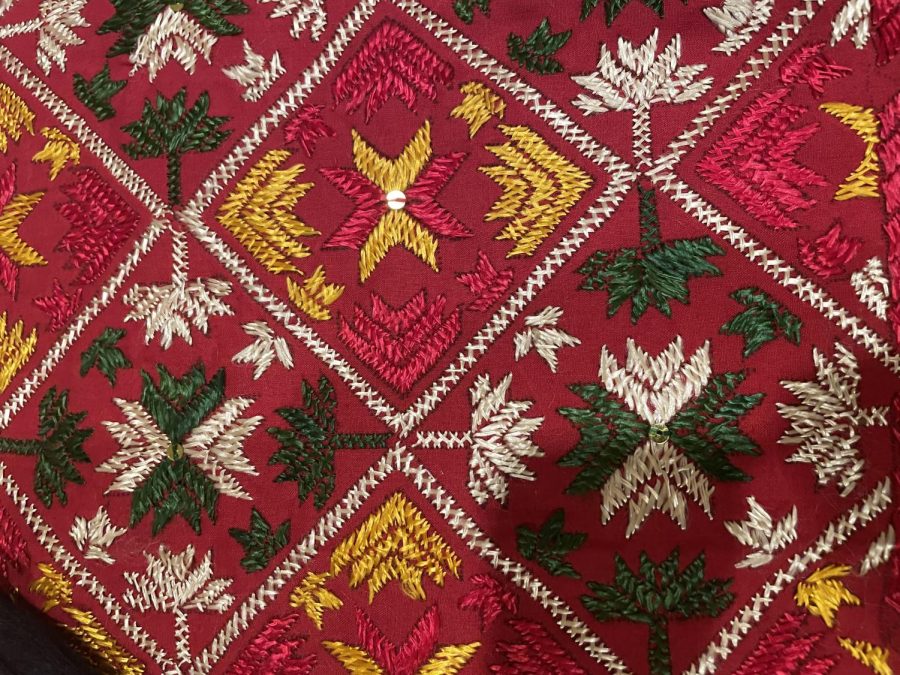
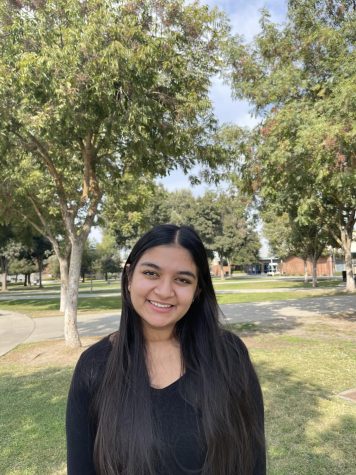
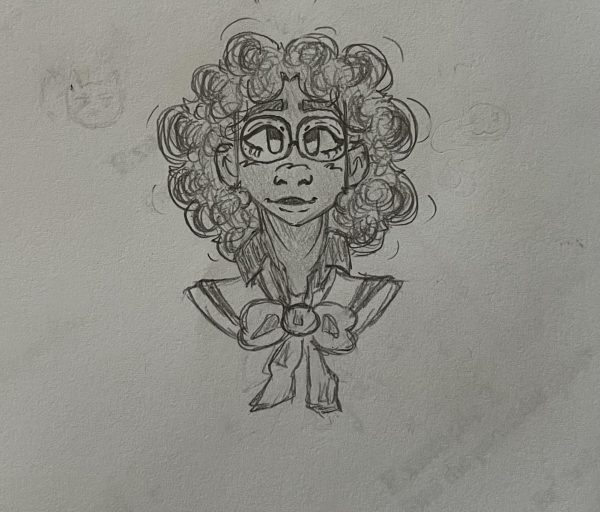
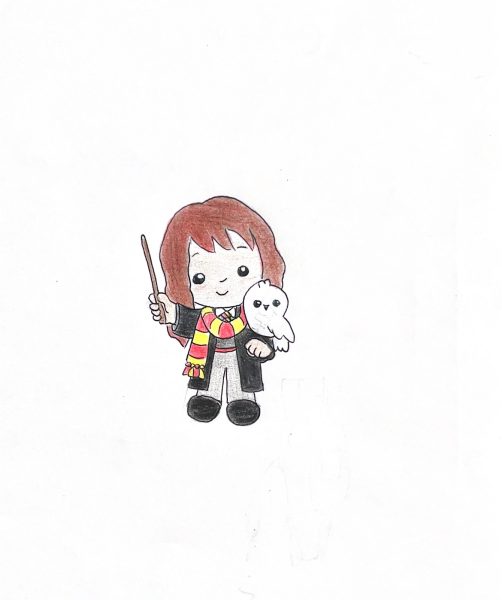
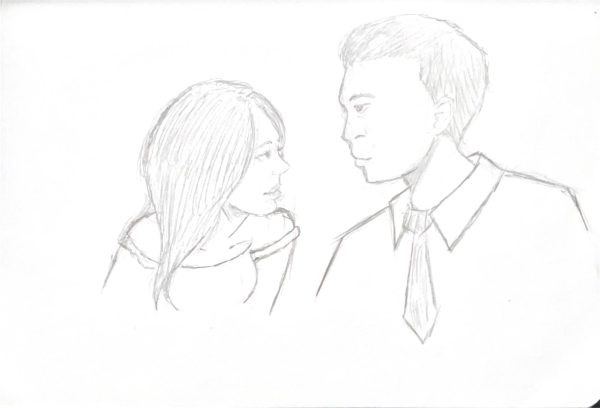
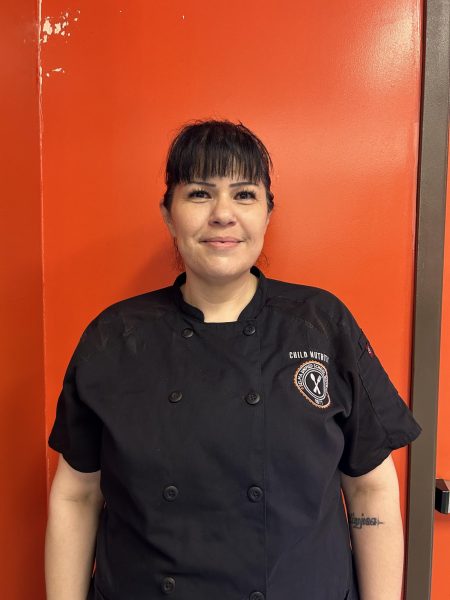
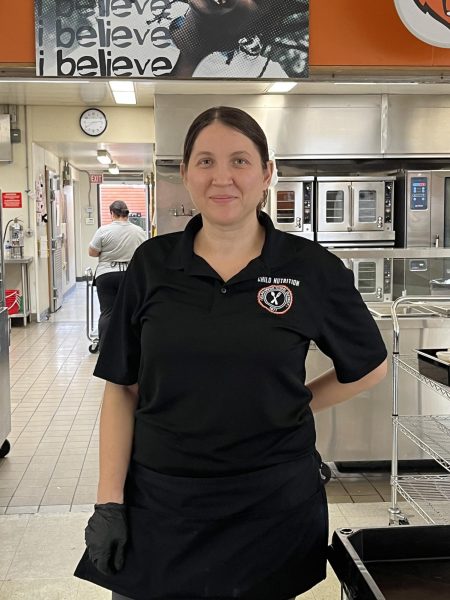
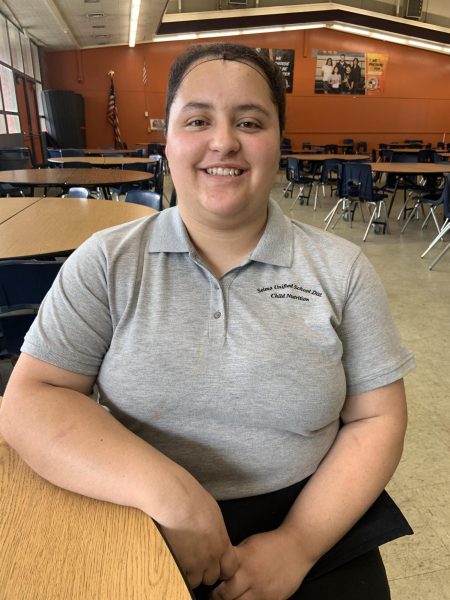

Narinder ‘Nick’ Sahota • Dec 11, 2021 at 10:03 am
Great article lots of details regarding Punjabi cultural. Thank you